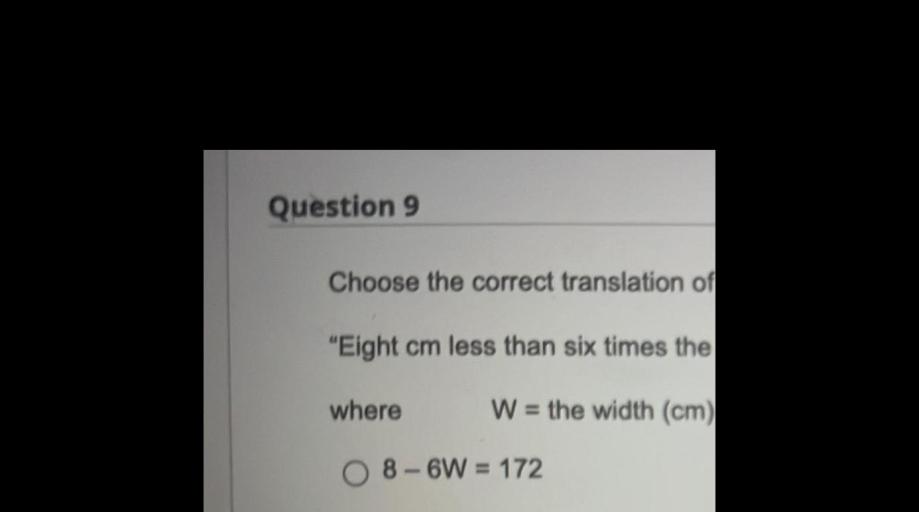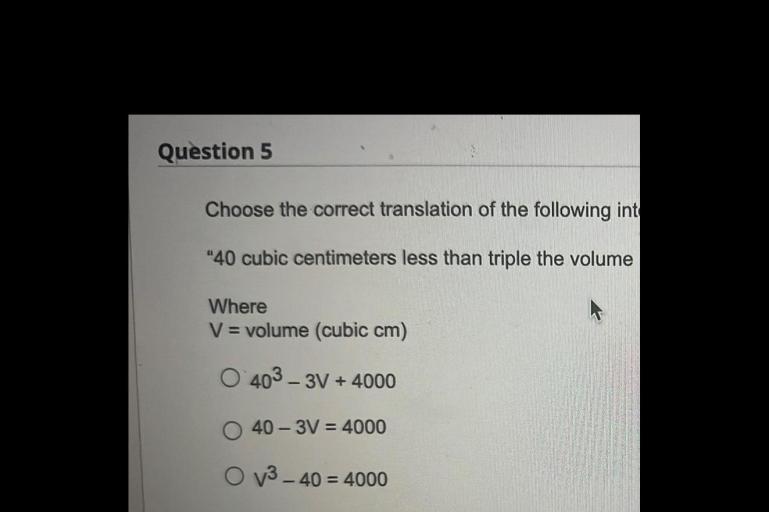Choose the correct translation for the root lumb o – The Latin root lumb o, meaning “loin” or “lower back,” is a crucial component of medical terminology. Understanding its origin, usage, and applications is essential for accurate interpretation and communication in healthcare settings.
The root lumb o has a rich history and diverse applications, providing insights into anatomical structures, physiological processes, and cultural contexts related to the lumbar region.
Origin of the Root Lumb o
The Latin root lumb o, meaning “loin,” has been used for centuries to describe anatomical structures and physiological processes related to the lower back region. Its etymology can be traced back to the Proto-Indo-European root – lemb-, meaning “to bend or curve,” reflecting the shape of the lumbar spine.
Meaning and Usage of Lumb o
The root lumb oprimarily refers to the lumbar region, which encompasses the five vertebrae in the lower back, as well as the associated muscles, ligaments, and organs. It can also be used in a broader sense to describe anything related to this area, such as lumbar pain or lumbar puncture.
Forms and Derivatives of Lumb o, Choose the correct translation for the root lumb o
- Lumbar: Pertaining to the lumbar region
- Lumbago: Lower back pain
- Lumbar puncture: A procedure involving the insertion of a needle into the lumbar region to collect cerebrospinal fluid
- Lumbar fascia: A layer of connective tissue surrounding the lumbar muscles
- Lumbosacral: Relating to both the lumbar and sacral regions
Examples of Lumb o in Medical Terminology

| Term | Pronunciation | Definition |
|---|---|---|
| Lumbar vertebrae | /ˈləm·bər ˈvər·tə·brē/ | The five vertebrae in the lower back |
| Lumbar disc | /ˈləm·bər disk/ | A cushion-like structure between the lumbar vertebrae |
| Lumbar plexus | /ˈləm·bər ˈplek·səs/ | A network of nerves in the lumbar region |
| Lumbar puncture | /ˈləm·bər ˈpungk·chər/ | A procedure involving the insertion of a needle into the lumbar region to collect cerebrospinal fluid |
| Lumbosacral plexus | /ləm·bōˈsā·krəl ˈplek·səs/ | A network of nerves that innervates the lumbar and sacral regions |
Comparative Analysis of Lumb o and Other Roots

The root lumb ois often compared to other roots with similar meanings, such as dorso(back) and thorac o(chest). While all three roots refer to regions of the spine, they have distinct usage contexts and implications.
Dorsois a general term for the back, encompassing the entire length of the spine from the neck to the pelvis. Thorac ospecifically refers to the thoracic region, which includes the 12 vertebrae in the middle of the back. In contrast, lumb ois used exclusively for the lumbar region, comprising the five vertebrae in the lower back.
Applications of Lumb o in Anatomy and Physiology

The root lumb oplays a crucial role in understanding the anatomy and physiology of the lumbar region. It helps describe the location, structure, and function of various anatomical landmarks, such as the lumbar vertebrae, lumbar discs, and lumbar muscles.
In physiology, the root lumb ois used to describe processes related to the lumbar region, such as lumbar flexion, extension, and rotation. It also helps explain the innervation and blood supply to the lumbar region, which are essential for proper function.
Cultural and Historical Context of Lumb o

The root lumb ohas been used in various languages and cultures throughout history to describe the lumbar region. In ancient Greek, the word lumbuswas used to refer to the lower back. In Latin, the word lumb uswas used in a similar context.
Over time, the root lumb ohas been incorporated into medical terminology and is now widely used in anatomy, physiology, and clinical practice.
Question Bank: Choose The Correct Translation For The Root Lumb O
What is the etymology of the root lumb o?
The root lumb o originates from the Latin word “lumbus,” meaning “loin” or “lower back.”
What are some common medical terms that contain the root lumb o?
Examples include lumbar puncture, lumbago, and lumbosacral.
How is the root lumb o used in anatomical descriptions?
It is used to describe structures related to the lumbar region, such as the lumbar vertebrae and lumbar muscles.
What are some cultural and historical contexts of the root lumb o?
The root lumb o has been used in various languages and cultures throughout history, including ancient Greek and Chinese medicine.